Life has existed for millions of years before electricity was ever developed. All thanks to the giant Nuclear Fusion reactor at the center of our solar system, ‘The Sun’. The Sun generates energy from its core where Hydrogen atoms fuse to create a Helium atom producing tremendous amounts of energy in the process. This energy is essential to life on earth. The sunlight is used by plants to produce food which is directly or indirectly the food source to all living things; it is responsible for seasons; its heat maintains water in its liquid form which is primary for life to exist; sunlight is an essential source of vitamin D to the human body and many more life supporting processes which are either directly or indirectly choreographed by the sun.
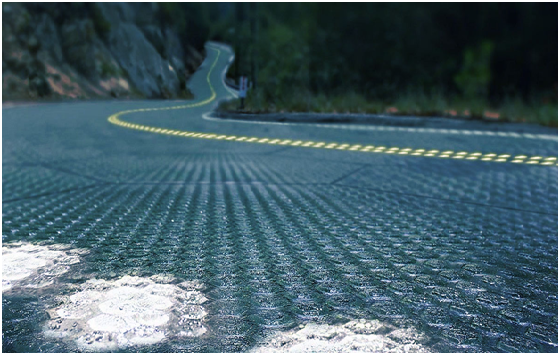
Fig. 1: A Representational Image of Solar Roadway Artist Rendition
Its energy can also be harnessed and converted into electricity and heat. Solar panels consisting of arrays of ‘Photovoltaic cells’ (photodiode semiconductors) which work on the principle of “photoelectric effect”. This effect produces the motion of electrons when light falls on the cell. The movement of electrons produces current giving rise to a potential difference and therefore electricity. Then there are solar concentrators which concentrate a portion of the suns energy into a smaller area by using lenses or mirrors. The heat obtained from these devices is used to heat water to produce steam and run turbines to generate electricity.
Solar Roadways is a currently trending innovation which focuses on replacing the common roads with structurally engineered solar panels which can withstand the weight of vehicles as well as tough out other environmental conditions. They consist of solar cells placed under hardened glass. The energy received from these roads can power road lights, traffic lights, signs and also local dwellings. If successful, the entire roadway system (if not, a majority) of a country can be turned into a solar power plant. It can also provide a source of electricity to charge electric cars on the go as an added advantage. Solar roads can cut harmful emissions of a country by at least 50% which is a number which cannot be ignored keeping in mind the alarming rate of increase in Global Warming. SolaRoad in Krommanie, Netherlands, is the first solar powered bike path laid in the world which was opened in November, 2014. In this article, we will discuss the economics of solar energy and the technology that goes into the making of the solar roadways.
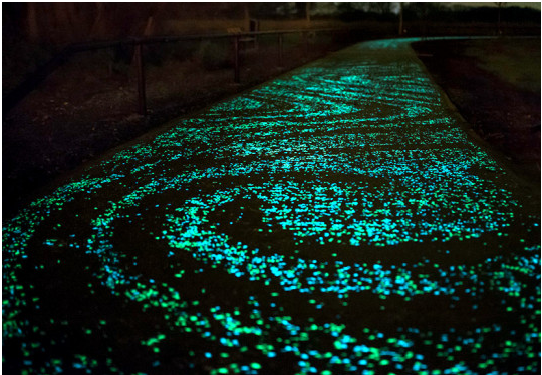
Fig. 2: Image of First Solar Powered Solar Road in Krommanie, Netherlands,November 2014
1 Solar Energy – Statistics
The earth receives a fraction of sun’s energy every day, which we know as solar energy. In full sun, the earth receives 100 Watts of solar energy per square foot. Assuming about 12 hours of sun in a day for 365 days in a year, the annual energy from the sun is around 438KW-Hrs per square foot. There are 10,760,000 square feet per square kilometer which makes the energy available, 4.7 Terawatt-hours per square kilometer annually. India covers about 3,000,000 square kilometers. The total electricity consumption in India for the fiscal year 2014-15 is about 850 TW-hours which is equivalent to the solar energy received by mere 180 square kilometers (approximately two and a half times the size of Mumbai). From this we can concur that the sun provides us with about 15,000 times more than the average use.
So, what do these numbers mean? It shows that the sun gives us more energy than we actually need to survive without the use of non-renewable fossil fuels. But why hasn’t the world already jumped at this? The answer to this lies in the second law of thermodynamics. In simple terms we cannot convert the entire energy we receive from the sun into usable electricity. Current technology is limited in its efficiency failing to provide a larger profit, which is deciding factor in a country’s economy. Nevertheless, it is a global objective to develop cleaner resources of energy which motivates countries to step into the solar race, flowing funds into research and development to make solar energy a more feasible alternative.
Solar Roadways
2 Solar Roadways
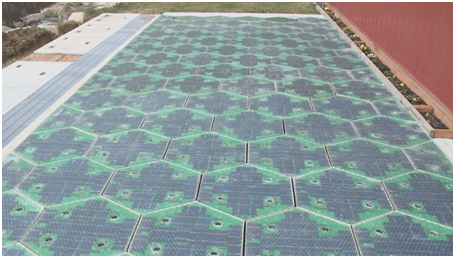
Fig. 3: Image Showing Solar Roadways Inc. a Startup from Idaho, USA
As mentioned earlier, solar roadways are interlinked structurally engineered solar panels (which are roughly 12’x12’ each) which replaces the conventional asphalt roads, parking lots and driveways. These can power small businesses, homes, traffic signs, intelligent roads and also act as data signal carriers (high speed internet, cable TV and Telephone). This technology could replace the otherwise deteriorating power grids currently in the country. The solar roads provide power to embedded LED lights which could display messages, light up the roads, display warning messages when over speeding or close proximity to impact, road closed ahead, etc. In case of snow in northern climates, the solar roads can heat themselves to melt the snow and clear the roads. This will also increase the feasibility of using electric cars by providing charging stations. These intelligent roads once installed, will pay for themselves, heal themselves, and provide profits to an economy by removing dependency on fossil fuels. Using 15% efficient solar panels as the standalone electricity source will provide 3 times the required power capacity.
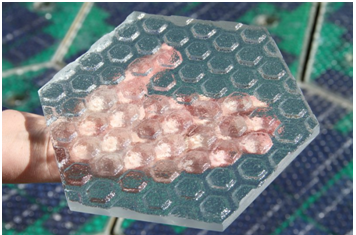
Fig. 4: Image Showing Hardened Glass Cover with Rough Finish for Traction in Solar Roads
2.2 Layers of Solar Panels
The solar panels are layered in three basic units
1. Road Surface Layer
2. Electronics Layer
3. Base Plate Layer
The topmost Layer will consist of the photovoltaics in hardened glass. The important characteristics required are transparency (translucent), hardness and roughness. The roughness is required to provide traction for the vehicle tires to turn without slipping. Each individual solar panel is bolted into the linkage with the bottom layer. This will make it easily serviceable. The LEDs and the heating element will go into this layer. The next most important unit is waterproofing to avoid water leakage into the electronics unit below.
The Electronics layer consists of the microprocessor with supporting circuitry (measuring, feedback and control units). This will control the heating elements (snow sensing), load (pressure gauges), lighting, communications and monitoring. The micro processing units will be fitted every 12 feet distance making it a truly ‘intelligent road’.
The base plate layer is the power transmission layer. The energy captured by the solar panels and collected by the electronics layer is distributed by the base plate layer. The data signals are also transmitted through this layer along with the power to all the homes and businesses connected to solar roadways. This layer is also waterproofed and weatherproofed to prevent electronic layer damage.
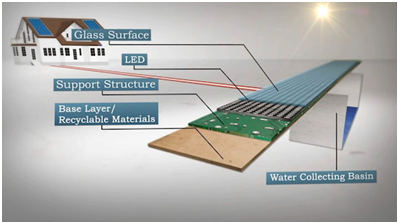
Fig. 5: Image Explaining Basic Structure of Solar Roads
2.3 Advantages and Disadvantages
– The main advantage of the solar roadways is that it is a renewable and clean source of energy.
– Solar panels have a life span of 30 to 40 years while the conventional asphalt roads have a life span of about 7 to 10 years (without monsoon damage).
– Can provide electricity access to remote areas which are far away from power plants.
– It can also be laid near environmentally sensitive areas.
– It will provide on the go charging to electric cars if coupled with an induction plating.
– It will create a new industry generating employment.
– It will cut down immensely on harmful emissions (by at least 50%).
– It will provide an intelligent means of managing traffic (reducing accidents and traffic jams).
– High installation and initial maintenance costs.
– Low average efficiency of solar panels.
– Difficult for implementation in poorer countries due to high start-up cost.
– Accumulation of tire rubber (due to frictional wear) could block sunlight.
3 Is There a Better Future in Store for Us?
At the present rate of fossil fuel consumption we can hardly last for a few decades. If we don’t do something about it the human civilization will go back to the dark ages and as an added wound, our environment will be irreparably be damaged. Ice caps will melt, Oceans will rise, Forests will die out, Ozone layer will get depleted, the planet will heat up, drought, famine and numerous other problems will shorten the span of human existence on the planet. Oil and coal is present in few pockets of the planet causing countries to fight wars over possession of these resources. At this point in time we have to turn to nature to search for answers, as it can hold complex answers in the most trivial places. The sun has led to our existence and can very well sustain our existence in the future.
Roads provide connectivity to different parts of the world and cover a large area of a land mass (even over water as bridges). When there aren’t any cars going on them they just lie there gathering dust and withering away. Replacing an old idea (of connectivity) with a new necessity (self-sustenance) is what solar roads are all about. Technology will develop with time to lower the disadvantages and raise the advantages of solar power. As technology improves, solar panels will become cheaper (like 3D printed solar panels) and efficiency will become higher forcing the countries to turn their attention towards our home star. As a long term investment, solar roads will help maintain the society as opposed to asphalt roads which are dependent on constant maintenance, which will quite basically pay for themselves. So let’s drive our way into a cleaner and brighter future.
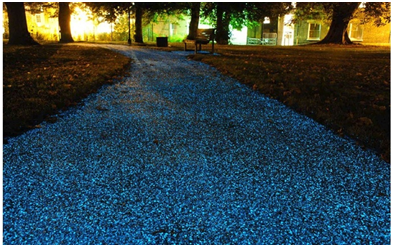
Fig. 6: LED Illuminated Solar Path in Shade
Filed Under: ARM., Tech Articles


Questions related to this article?
👉Ask and discuss on Electro-Tech-Online.com and EDAboard.com forums.
Tell Us What You Think!!
You must be logged in to post a comment.